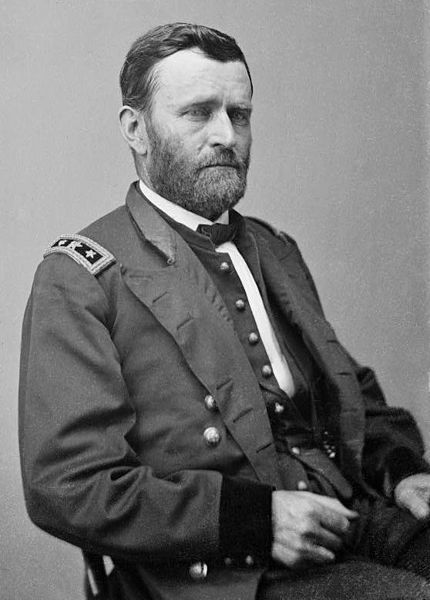The siege of Port Hudson was the final engagement in the Union campaign to recapture the Mississippi River in the American Civil War. While Union General Ulysses Grant was besieging Vicksburg upriver, General Nathaniel Banks was ordered to capture the lower Mississippi Confederate stronghold of Port Hudson, Louisiana, to go to Grant's aid. When his assault failed, Banks settled into a 48-day siege, the longest in US military history up to that point. A second attack also failed, and it was only after the fall of Vicksburg that the Confederate commander, General Franklin Gardner, surrendered the port. The Union gained control of the river and navigation from the Gulf of Mexico through the Deep South and to the river's upper reaches.
A Fierce Assault on Port Hudson, Newspaper illustration of the attacks on the fortifications of Port Hudson.
Barbette position at Port Hudson mounting a 10-inch (254 mm) Columbiad. This type of cannon would use a 102 pounds (46 kg) shell, projected from a smooth bore. The cylindrical object on a pole leaning against the breech of the gun is the sponge used to extinguish any remaining embers and clean the bore after every shot. The smaller wooden poles leaning against the parapet and gun carriage are the trailspikes used to train the gun and reposition it forward on the carriage after every shot. The scattered ammunition behind the gun in the communication trench consists of 9.9-inch (250 mm) roundshot or shell held with strap iron to a wooden wad or sabot. The image was probably made after the fall of Port Hudson.
Photograph of the earthworks and one of the deep, forested ravines that defended Port Hudson, 1863–1864, Library of Congress collection.
Garrison Housing – Locally improvised Confederate structures that provided housing for the Port Hudson garrison, 1863–1864, Library of Congress collection.
The Siege of Vicksburg was the final major military action in the Vicksburg campaign of the American Civil War. In a series of maneuvers, Union Major General Ulysses S. Grant and his Army of the Tennessee crossed the Mississippi River and drove the Confederate Army of Mississippi, led by Lieutenant General John C. Pemberton, into the defensive lines surrounding the fortress city of Vicksburg, Mississippi, leading to the successful siege and Confederate surrender.
The Siege of Vicksburg - Assault on Fort Hill by Thure de Thulstrup
Statue of General Grant at Vicksburg National Military Park
Maj. Gen. Ulysses S. Grant, Army of the Tennessee, USA
Lt. Gen. John C. Pemberton, Army of Mississippi, CSA








